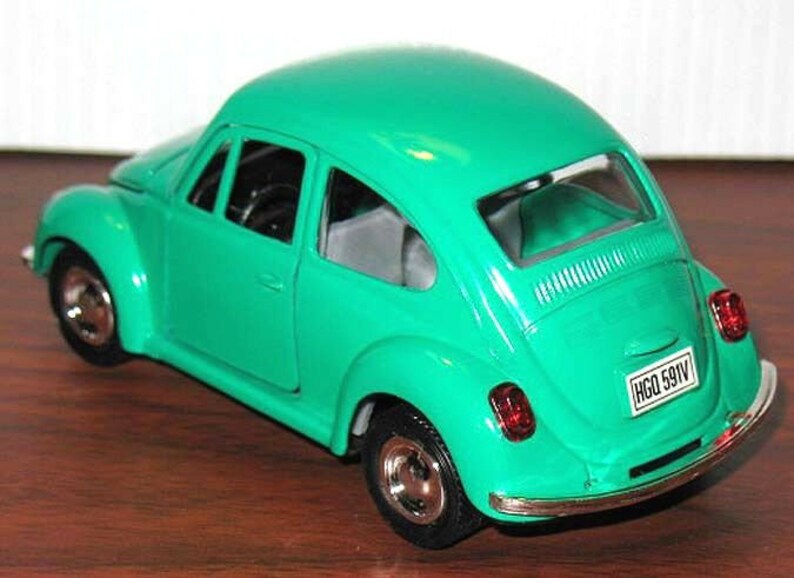

Is it really worth buying a special tool (or maybe 2 if your exhaust is off too?) You've probably seen my article on doing the home brewed valve notching at FM or other places. In your case you don't really need to remove all that much.

I've also done the sandpaper on valve trick several times and it works just fine. I've needed to vary cams as much as 4* to overcome those built in discrepancys to better match the cam card.

When a the timing chain is installed dot to dot it will normally work in most grocery getters, but it is not optimum. Have you found true TDC with a stop and and then degree'd the cam to it? Timing chain sets and cams can vary a lot due to manufacturer's tolerances. A 2* change is barely noticeable to the driver.Īnother option could be a slightly thicker head gasket, but with a 289 you normally what all the compression you can get. When you adjust the timing cam degrees it lessens one valve's clearance (int vs ex) as it increases the other. The exhaust is more critical as the clearance is more susceptible to heat. This engine, TW head, situation is the gift that just keeps on giving! Or does anybody have the proper Isky tool I can rent buy? So, has anybody successfully fly cut pistons on an assembled short block? I have read about low buck solutions involving gluing a 50 grit piece of sand paper to a larger BBC valve and going at it with a drill. Don't what this thing to be a total turd. Not interested in using a fatter gasket because with the 0.039 set I'm using the compression ratio is only going to be 9.30:1 static at best. I'm not really interested in retarding the timing even though I think I can do 2 degrees with my timing set. I'm at 0.079 at best on the intake using clay, and haven't even checked the exhaust yet.
CARCRAFT VW FLYCUT PRO
These Speed Pro pistons don't have the blasted TW notch for the intake but after talking to Trickflow I thought I would be able to get away with it with my mild cam, Comp Cams XE262H (specs below). I chose to use these instead of the Keith Black hypereutectic pistons because my machine shop had a shrine of KB pistons where the skirt, which is crazy thin, had broken off. I'm using forged Speed Pro flat top pistons. Keep in mind also that metals expand due to heat.I'm trying to reuse my TW170 58cc heads from an ill fated 331 build on the original 289. Even if the valves clear, too close of a tolerance can be disasterous when carbon builds up. Or you can get a thicker gasket so you have more clearance between the block and the heads. The clearance has to be within specs or you will have to flycut the pistons. Take a cross section of the clay where the valves left an imprint and measure the tolerance. Then disassemble again and remove the molding clay. In order to "properly" clearance an engine you must put molding clay on the top of the pistons, put the heads on and run the engine through by hand. If you feel any bind at all in the engine STOP. But, run the engine through by hand first by turning the crank. I installed a cam with 510" lift and didn't clearance it because I wasn't running an excessive lift and didn't see the need since I have relatively low compression. The rule of thumb for needing to clearance an engine I've heard is anything over 501" lift to be safe. Where you run into problems on piston/valve clearances is in the lift not the duration necessarily.


 0 kommentar(er)
0 kommentar(er)
